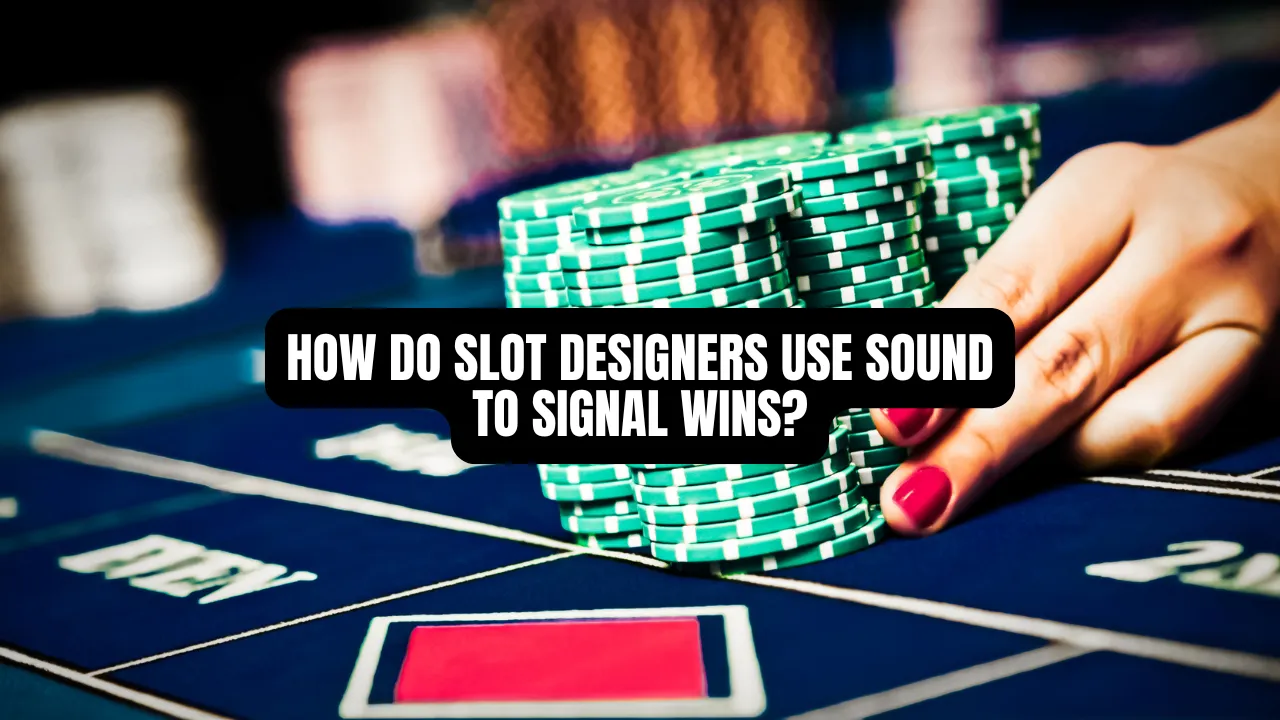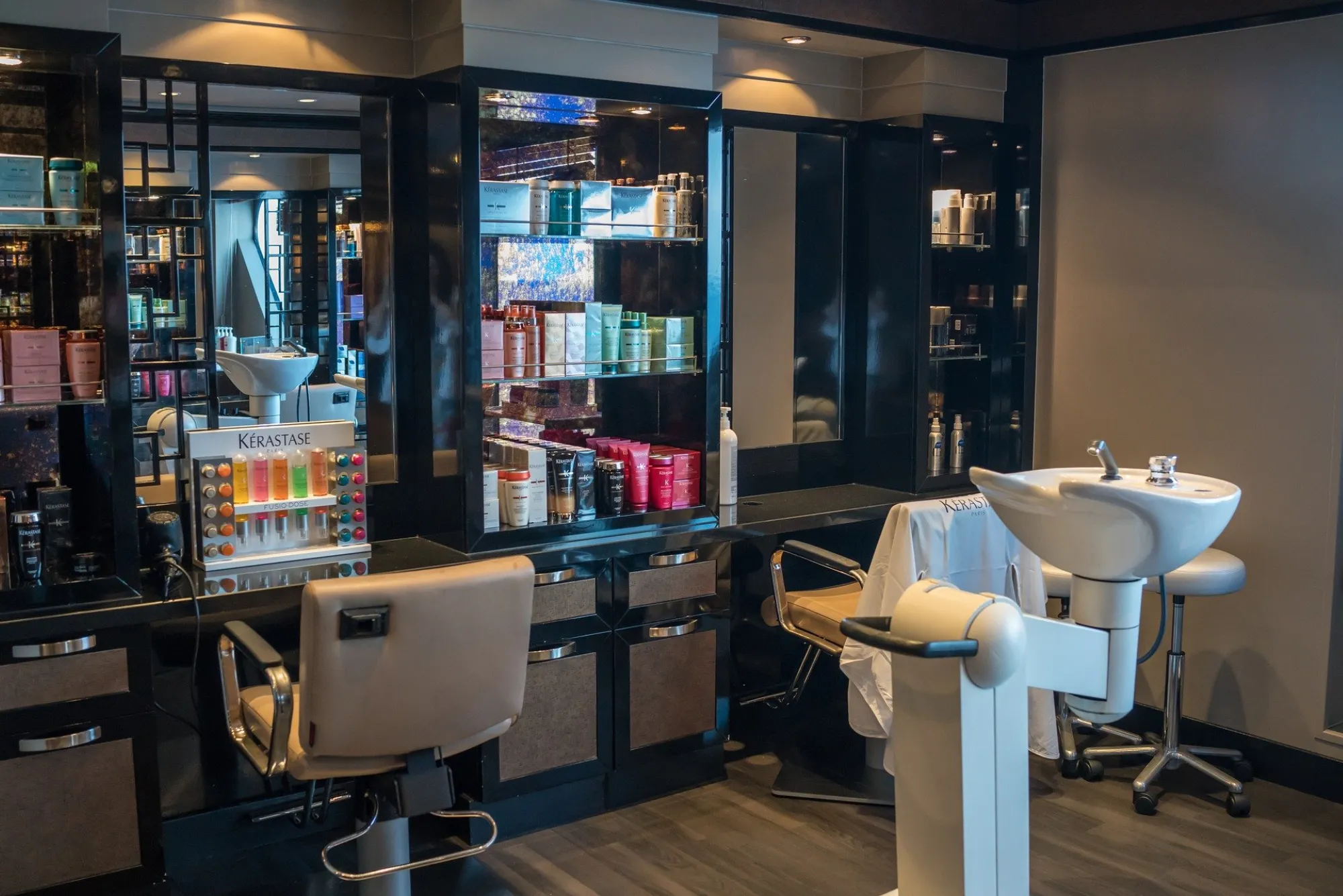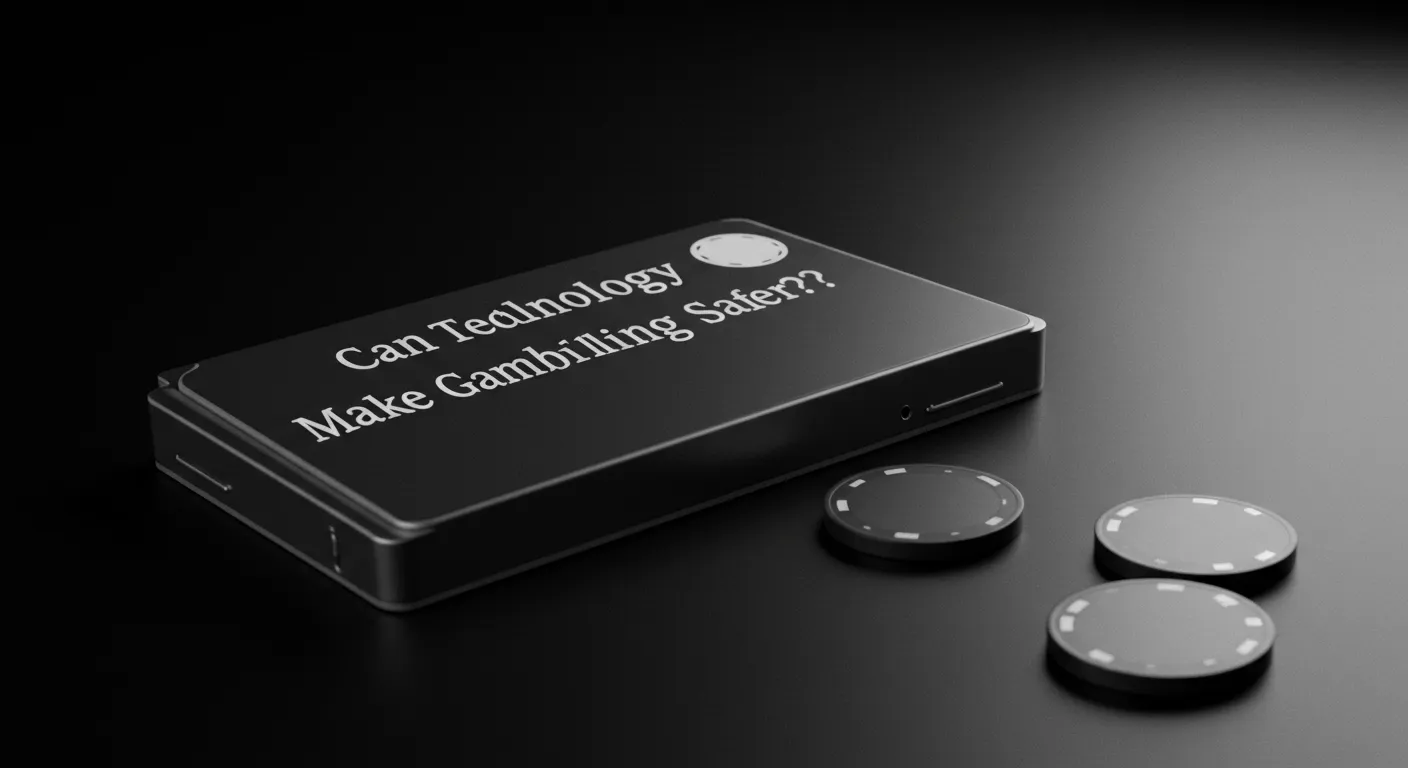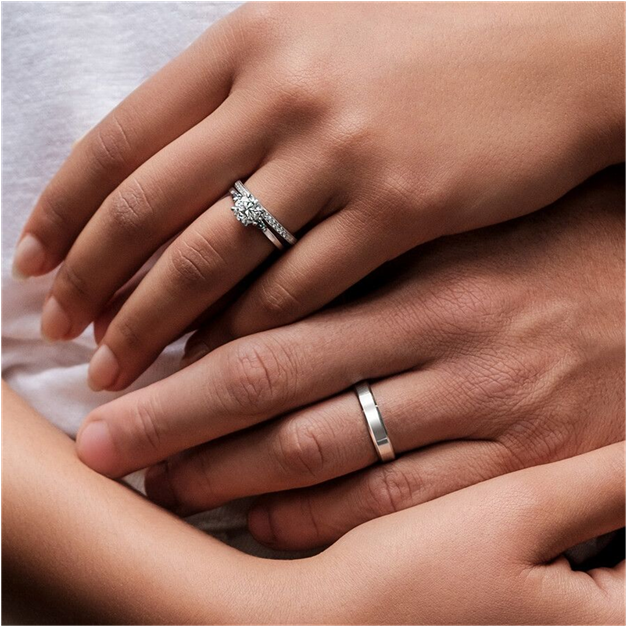If you’ve ever played a slot machine, either in a land-based casino or online, you know that sound is inseparable from the experience. The spinning reels, the celebratory jingles, and the subtle chimes are more than background noise — they’re carefully crafted audio cues designed to heighten emotions, signal outcomes, and keep players engaged.
Slot designers understand that people respond to sound instinctively. Our brains are wired to associate certain tones with reward and recognition. That’s why winning on a slot machine doesn’t just feel exciting visually; it resonates emotionally through the ears. But how exactly do game developers use sound to shape this experience? Let’s take a closer look.
The Psychology of Sound in Slots
Psychologists have long studied how auditory cues influence behavior. Think of Pavlov’s experiments, where dogs began to salivate at the sound of a bell linked to food. Slot designers tap into similar conditioning by linking specific sounds with positive outcomes.
Every spin on a slot machine carries anticipation, and sound heightens that suspense. A slow build-up of tones as reels spin creates tension, while sudden bursts of celebratory music after a win deliver a dopamine hit. These auditory signals reinforce the idea that winning is just around the corner, encouraging players to keep spinning.
The effect isn’t accidental. Developers collaborate with sound engineers to ensure the tones are stimulating without becoming overwhelming. It’s an art form that balances excitement with comfort, ensuring players stay engaged for longer sessions.
Creating Win Signals Through Audio
When you land a winning combination, the machine doesn’t just display it visually — it announces it. This is where the magic of sound design really shines.
Winning sounds are deliberately distinct from all other audio cues. Designers often use bright, ascending tones to symbolize upward momentum and reward. This contrasts with neutral spinning sounds or the flat tones used for non-winning outcomes. The brain quickly learns to recognize these win signals, making them powerful motivators.
Interestingly, many slot machines also use near-miss sounds. For example, if two jackpot symbols appear but the third falls just short, the audio may still rise in pitch, giving players the impression they were “close.” This technique amplifies anticipation and keeps players emotionally invested.
The concept has extended to online gaming as well. Digital platforms simulate the same celebratory jingles, ensuring that even without the physical clink of coins, the sense of achievement feels real. That’s part of why online platforms — including non uk casinos — put such effort into replicating the audio atmosphere players expect from traditional slot machines.
The Role of Volume and Tempo
It’s not just the melodies themselves that matter but also how they’re delivered. Volume and tempo play a crucial role in signaling wins.
Smaller wins might be accompanied by quick, light, and subtle sounds — enough to acknowledge success without being overwhelming. Larger wins, however, usually trigger louder, longer, and more dramatic audio sequences. Some even build into short musical fanfares, making the win feel grander and more memorable.
This scaling of audio response ensures that players feel a difference between a small payout and a jackpot. It enhances the sense of progression, motivating players to aim for bigger prizes.
Sound as a Bridge Between Digital and Physical Slots
For decades, physical slot machines relied on the clinking of coins and mechanical reels as natural sound effects. With the move to digital displays and virtual reels, designers had to recreate those sensations artificially.
Today, many modern machines still incorporate coin-drop sounds when credits are added, even though no coins are exchanged. Online slots take this further, mimicking the exact feel of land-based casinos through audio design. These sounds bridge the gap between past and present, making digital experiences feel familiar.
Interestingly, this continuity also creates nostalgia. Long-time players associate certain jingles or coin sounds with earlier experiences in casinos. Developers know this and often recycle classic sound effects to evoke familiarity and comfort.
Why Sound Is Essential for Engagement
Without sound, a slot machine would lose much of its appeal. Silent gameplay would strip away the excitement, leaving only visuals. Studies have shown that players rate their experience as less enjoyable when machines are muted, even if they win.
Sound doesn’t just enhance mood; it keeps players in a rhythm. The beat of the spin, the suspenseful build-up, and the celebratory finale create a loop that encourages continued play. It’s not manipulation so much as design — similar to how video games use soundtracks to guide emotional responses.
Responsible Gaming and Sound Design
Of course, the power of sound in influencing behavior raises questions about responsible gambling. Regulators and developers are increasingly aware of how audio can encourage longer play sessions. Some jurisdictions require balance by limiting overly stimulating effects or mandating responsible gambling features alongside immersive sound design.
Developers themselves have started experimenting with subtle reminders, such as softer tones when session limits approach, or neutral sounds that encourage players to take breaks. This shows how the same tools used to heighten excitement can also promote healthier gaming habits.
The Future of Slot Sound Design
As technology evolves, so does sound design in slot games. With advancements like spatial audio and haptic feedback, the next generation of slots may create even more immersive sensory experiences. Imagine a slot machine where winning sounds seem to move around you in 3D space, or where vibrations accompany big payouts.
Online casinos are also experimenting with personalized soundtracks, tailoring the experience based on a player’s history or preferences. As AI-driven systems become more common, sound design may adapt in real-time to match player moods and engagement levels.
One thing is certain: sound will continue to be a central part of slot design. From subtle chimes to grand fanfares, it’s the heartbeat of the experience, guiding emotions, signaling outcomes, and keeping players entertained.
Conclusion
Slot designers use sound not just as decoration but as a core tool for engagement. Every jingle, chime, and melody is engineered to signal wins, build anticipation, and enhance the emotional highs of play. By understanding how sound works, players can better appreciate the craftsmanship behind each spin — and also stay mindful of how those cues shape their gaming behavior.
As the industry continues to evolve, sound will remain at the forefront, connecting players with both the nostalgia of traditional machines and the innovations of modern gaming. Whether you’re spinning reels in a casino or playing online, the sounds you hear are doing far more than you might realize — they’re orchestrating the entire experience.









